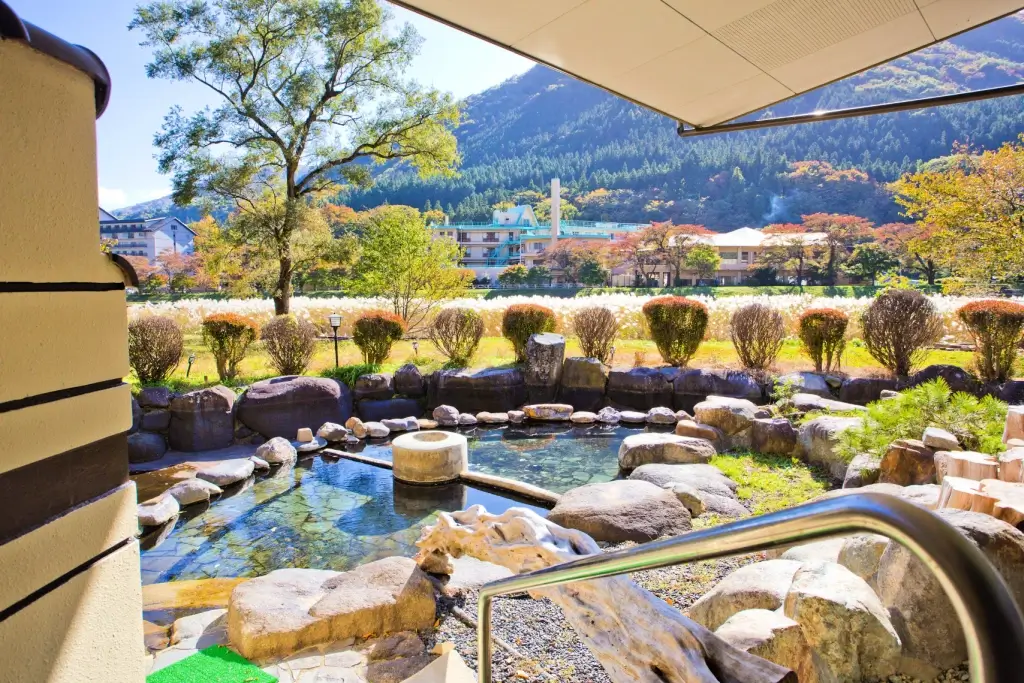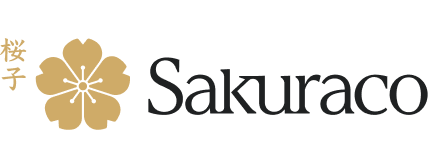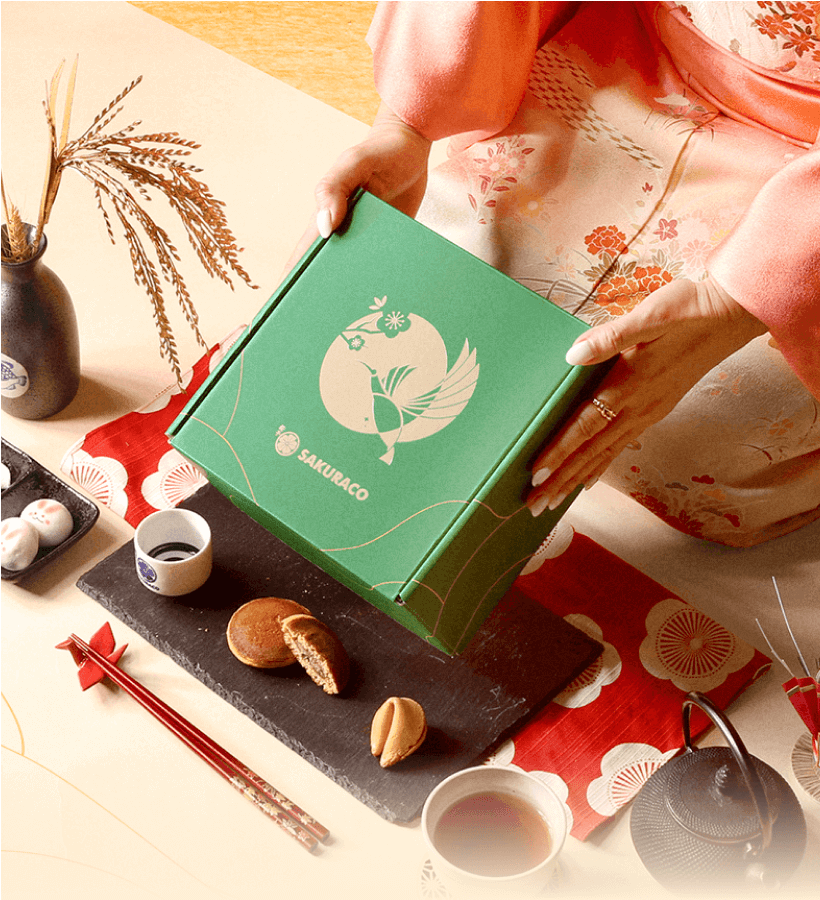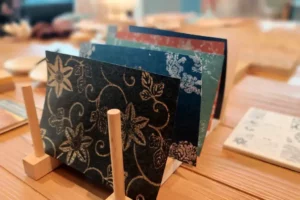In Tochigi Prefecture, Nasu Onsen is one of Japan’s most beloved hot spring resort areas. Known for its therapeutic waters, crisp mountain air, and rich history, it has been a retreat for nobility and common travelers alike for centuries. The region offers various baths, from open-air rotenburo to elegant ryokan soaks with sweeping views. Whether for wellness, culture, or nature, Nasu Onsen provides an immersive Japanese experience.
Table of Contents
ToggleHistory and Tradition of Nasu Onsen
Nasu Onsen’s history dates back over 1,300 years, with its origins tied to Emperor Shomu. It’s said that the emperor discovered the hot springs while hunting and was so impressed by their healing qualities that he ordered the area’s development. Since then, generations have cherished the springs, from samurai warriors seeking relief to modern-day travelers looking for relaxation.
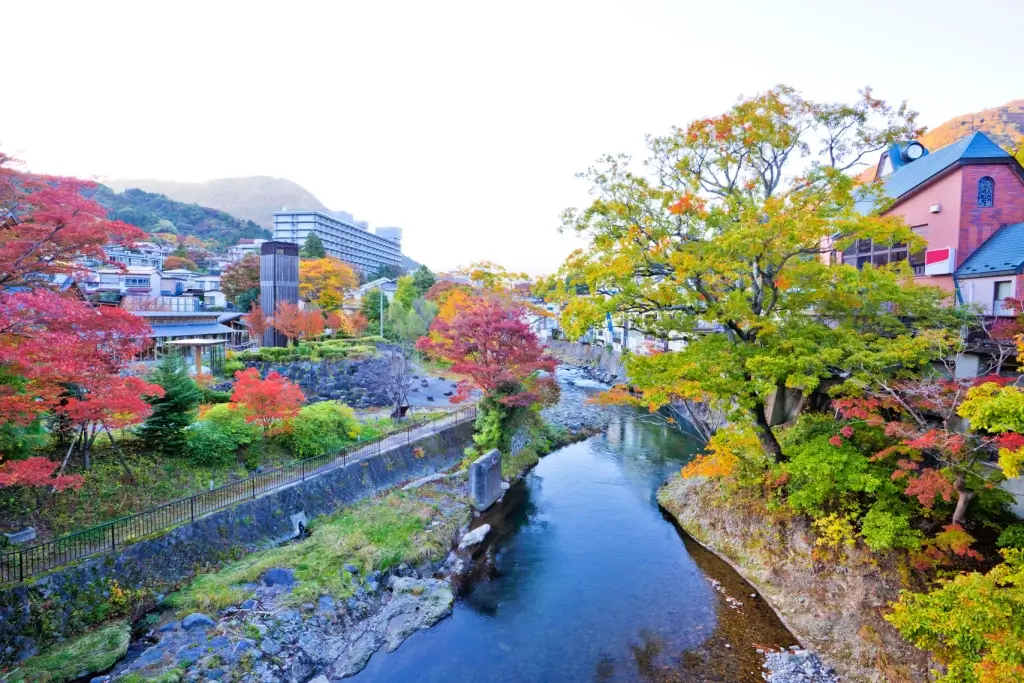
Over the centuries, the area has maintained its traditional atmosphere while incorporating modern comforts. Historic ryokan still offer tatami rooms, kaiseki meals, and open-air baths, allowing visitors to step back in time. At the same time, newer accommodations blend these customs with luxurious amenities like private onsen suites. This balance of old and new is part of what makes Nasu Onsen timeless.
Experiences and Activities
Soaking in a hot spring is essential for any Nasu Onsen trip. The town offers a variety of bath types, including sulfur-rich pools with milky water and clear, alkaline baths known for their silky feel. Many ryokan and hotels have indoor and outdoor baths, some with views of the surrounding mountains. Public baths are also available for those not staying overnight, making the experience available to all.
Beyond bathing, Nasu offers hiking trails, scenic drives, and cultural experiences. Visitors can walk the Nasu Heisei-no-Mori forest, where seasonal flowers and wildlife create a peaceful escape. Cycling enthusiasts can explore the rolling highlands, while food lovers enjoy sampling local specialties like fresh dairy products and highland vegetables. No matter your interest, the area’s mix of nature and culture provides endless options.
Are you looking for snacks to enjoy after your onsen outing? Check out Sakuraco! Sakuraco delivers traditional Japanese snacks, teas, and sweets from local Japanese makers directly to your door so you can enjoy the latest treats directly from Japan!
Must-Visit Attractions in the Nasu Highlands
One of Nasu’s most famous landmarks is the Sesshoseki, or “Killing Stone,” steeped in myth and drama. According to legend, the stone contains the spirit of Tamamo-no-Mae, a fox spirit defeated by warriors centuries ago. Visitors can explore the eerie rock surrounded by steaming vents. The area’s trails come alive in spring and autumn with seasonal colors. Photographers, folklore enthusiasts, and casual hikers find it worth the stop.
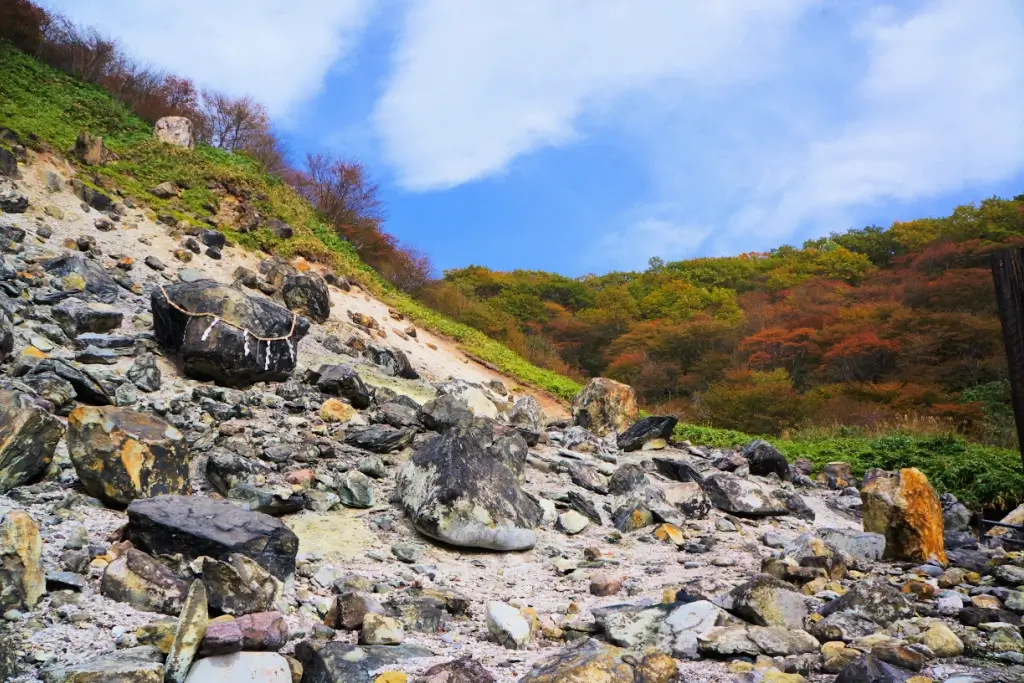
Another favorite is the Nasu Ropeway, which takes visitors partway up Mount Chausu. From there, hiking trails lead to the volcanic summit, with panoramic views of the Kanto Plain and the surrounding mountains. On clear days, you can even see Mount Fuji. The high elevation means cooler air in summer and snow-covered views in winter. For those who love adventure with relaxation, a ropeway trip pairs perfectly with a soak in the evening.
Gardens, Museums, and Wildlife Encounters
The Nasu Flower World blooms from spring through autumn, creating a painter’s palette of color against the mountain backdrop. Visitors stroll among tulips, lavender, and cosmos, enjoying open-air beauty with a touch of cultivated artistry. It’s a peaceful escape that complements the more rugged highland landscapes nearby. Seasonal flower festivals often include local craft stalls and refreshments. For a slow-paced day, this garden is ideal.
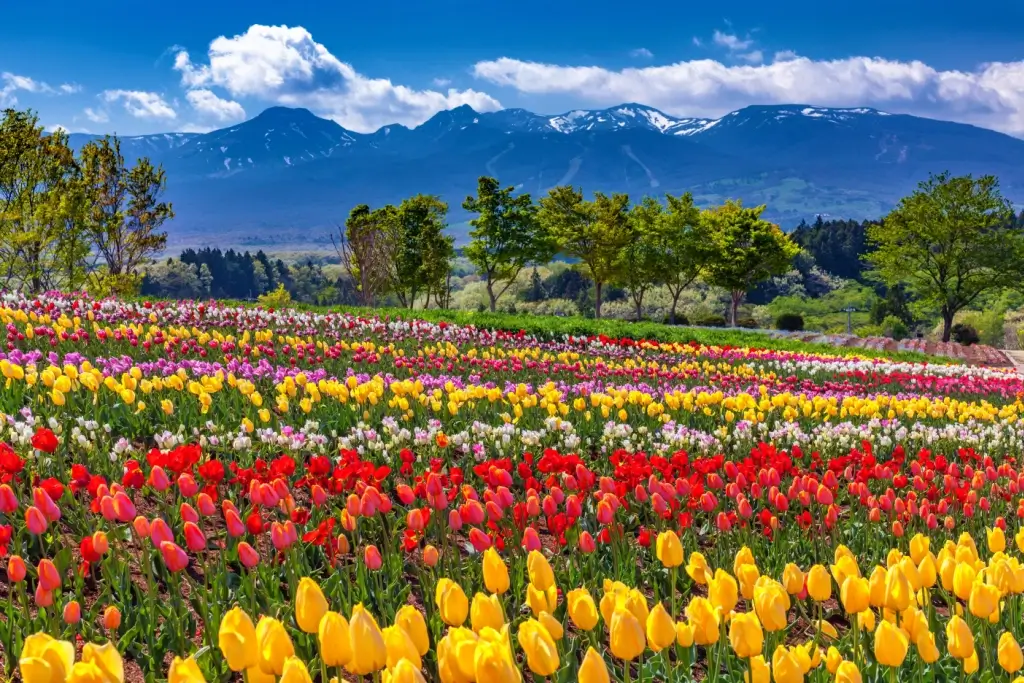
Animal lovers often head to Nasu Animal Kingdom, a combination zoo, petting farm, and bird park. Here, guests can interact with capybaras, feed sheep, and watch falconry displays set against scenic hills. The park is designed with spacious enclosures and interactive experiences for families and nature enthusiasts. In cooler months, the capybaras famously bathe in onsen water, delighting visitors with calm expressions.
Food and Local Delicacies
Nasu Onsen is a treat for food lovers. The highlands are known for their fresh dairy products, including creamy milk, yogurt, and ice cream, perfect after a hot soak. Highland vegetables are featured prominently in local cuisine. Many ryokan serve multi-course kaiseki dinners highlighting seasonal produce, freshwater fish, and locally raised beef. At the same time, street stalls and cafés in the area offer lighter fare for travelers.
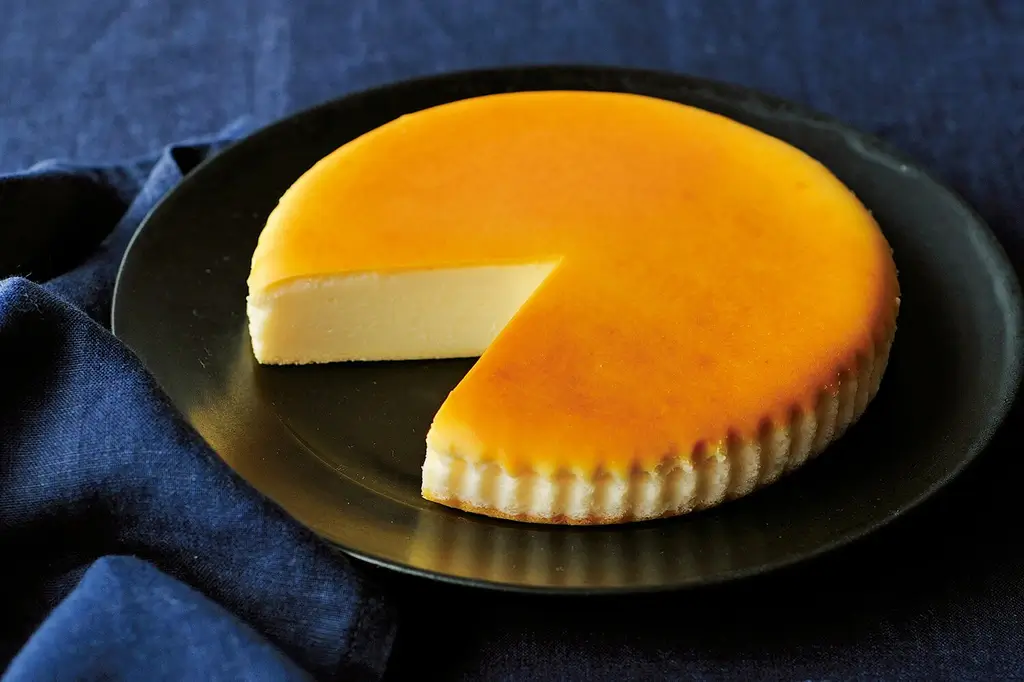
One specialty not to miss is Nasu’s cheese and baked goods made with local ingredients. Visitors can stop by roadside markets or dedicated dairy shops to sample these treats. In autumn, chestnut and sweet potato desserts reflect the season’s harvest. Whether dining in a fine ryokan or grabbing snacks from a local vendor, the flavors of Nasu Onsen enhance the experience. Eating here is as much a part of the journey as the hot springs.
Why visit Nasu Onsen?
People visit Nasu Onsen because it offers natural beauty, culture, and restorative hot springs. The area’s changing seasons transform the scenery, making each trip unique. Whether you’re soaking in a secluded rotenburo, hiking through flower-filled meadows, or exploring sites rich with folklore, there’s always something memorable to experience. Combined with warm hospitality, it’s an experience that lingers long after you leave.
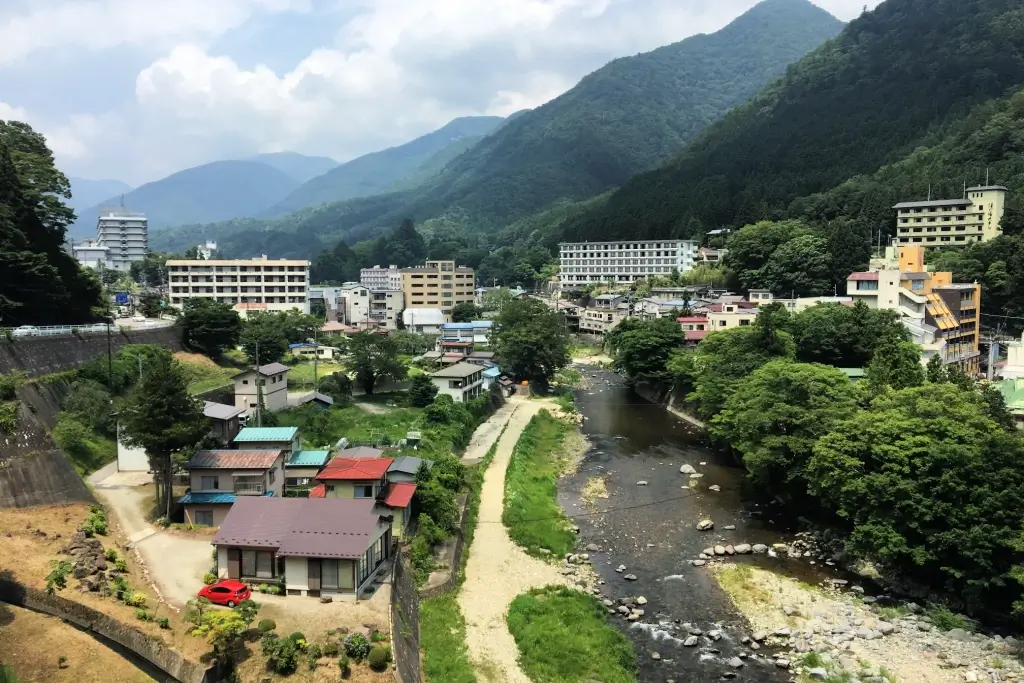
For those looking to escape Tokyo, Nasu Onsen is just a few hours away yet feels like another world. Its highland climate provides cooler summers, while winter brings picturesque snow scenes. The diversity of activities means it’s ideal for solo travelers, couples, and families alike. Add in the local food, unique attractions, and deep historical roots, and you have one of Japan’s most well-rounded getaway spots! Have you ever been to Nasu? How was your experience? Let us know in the comments below!

